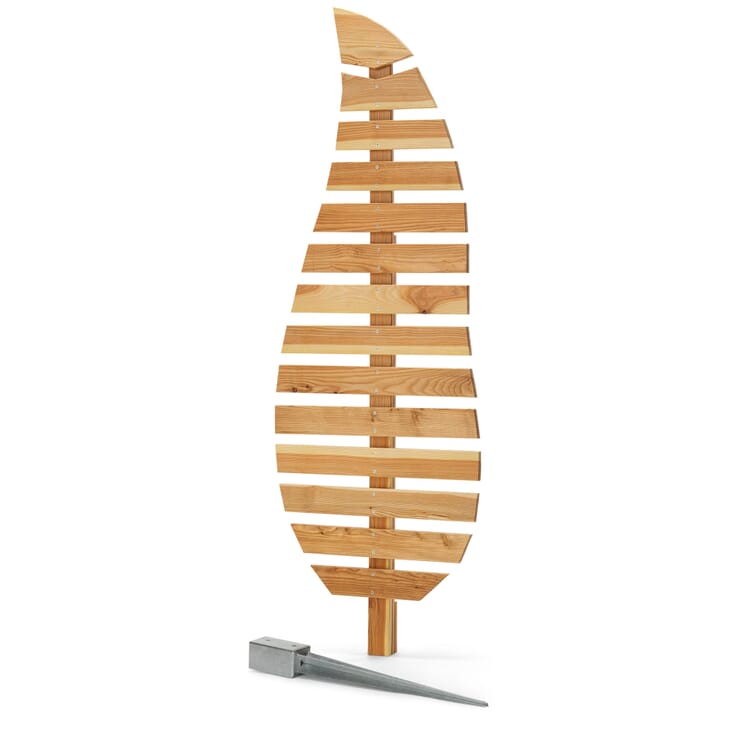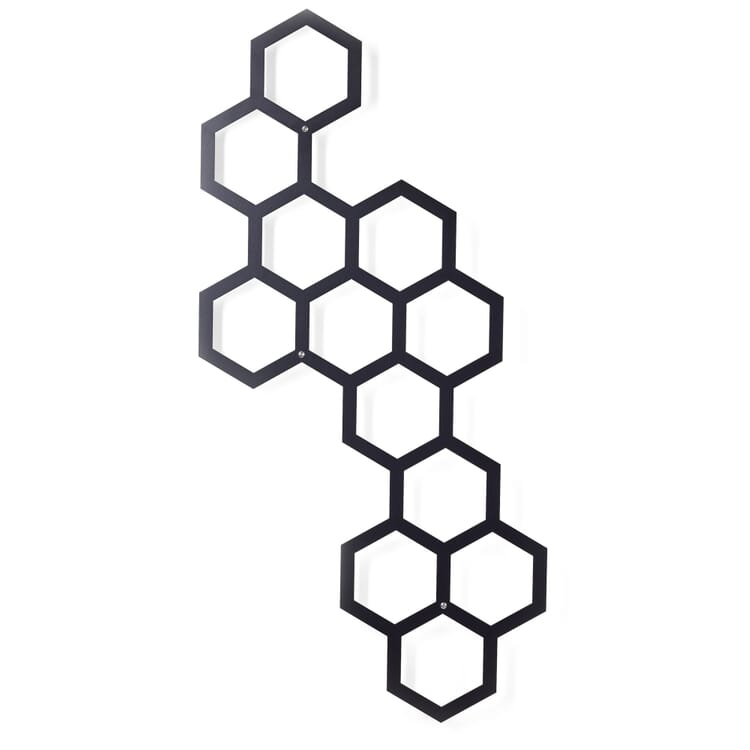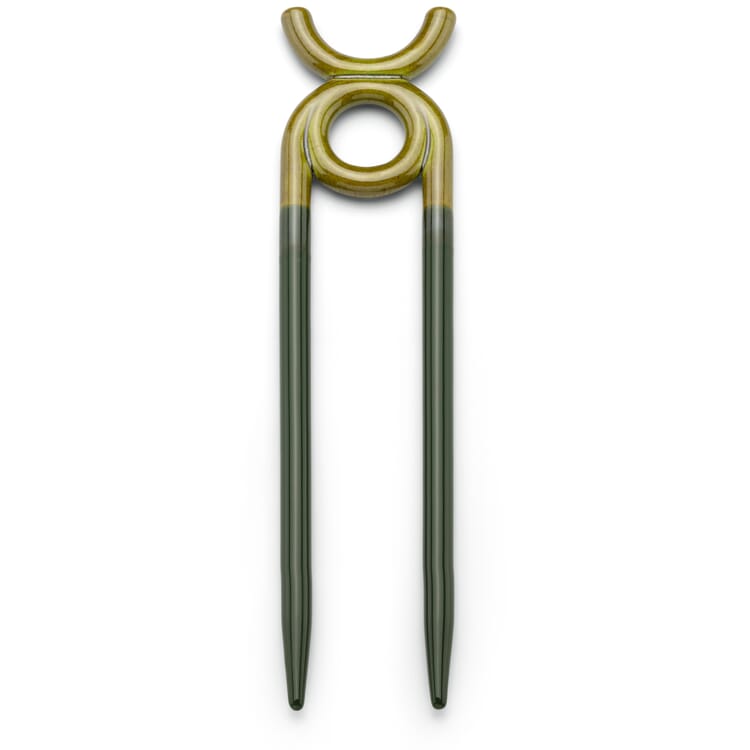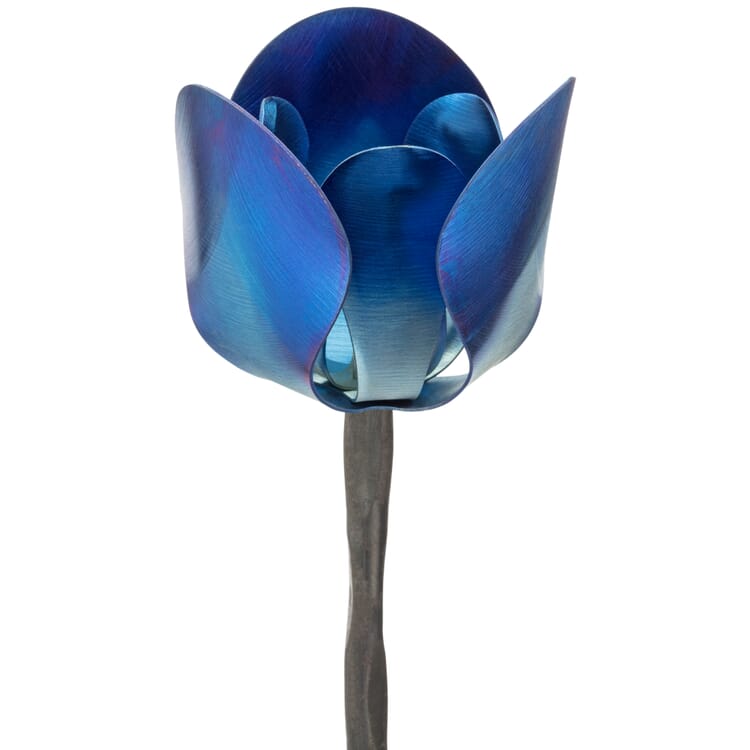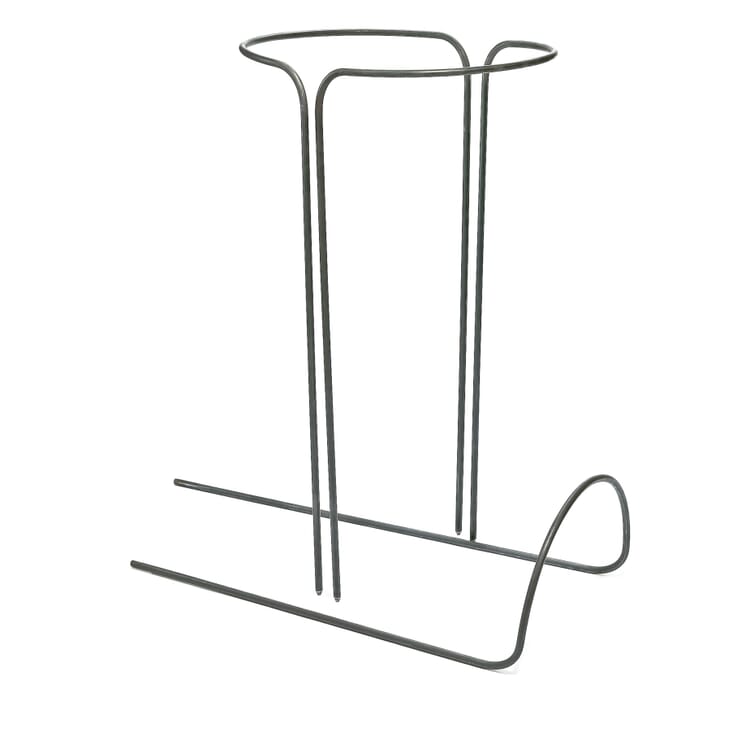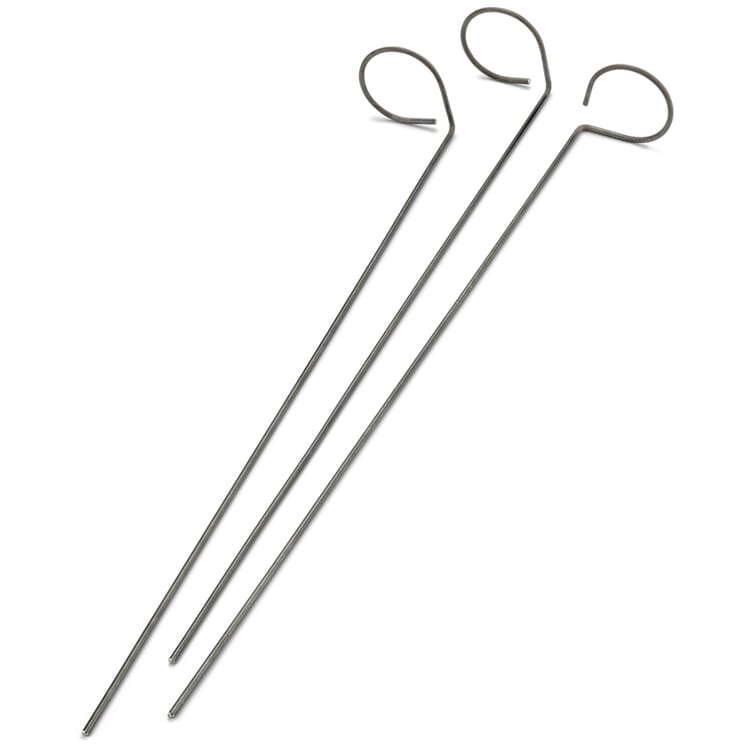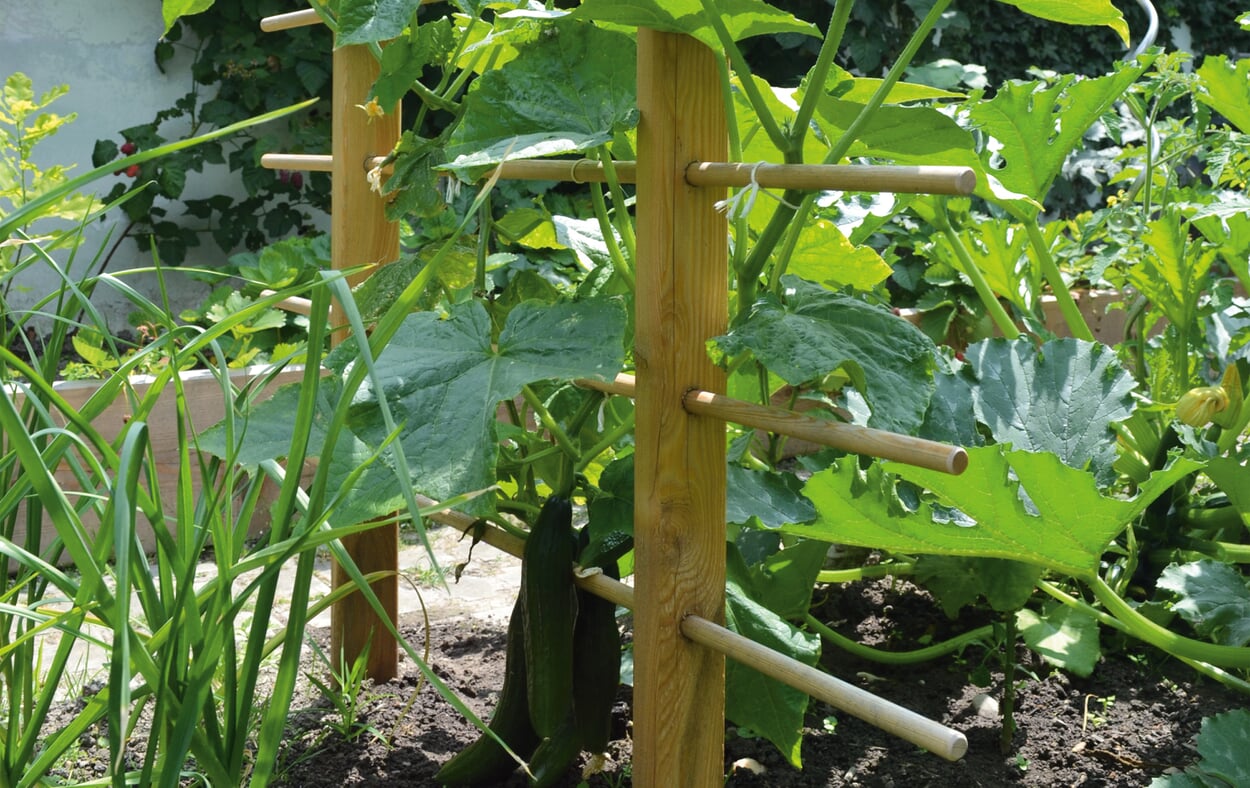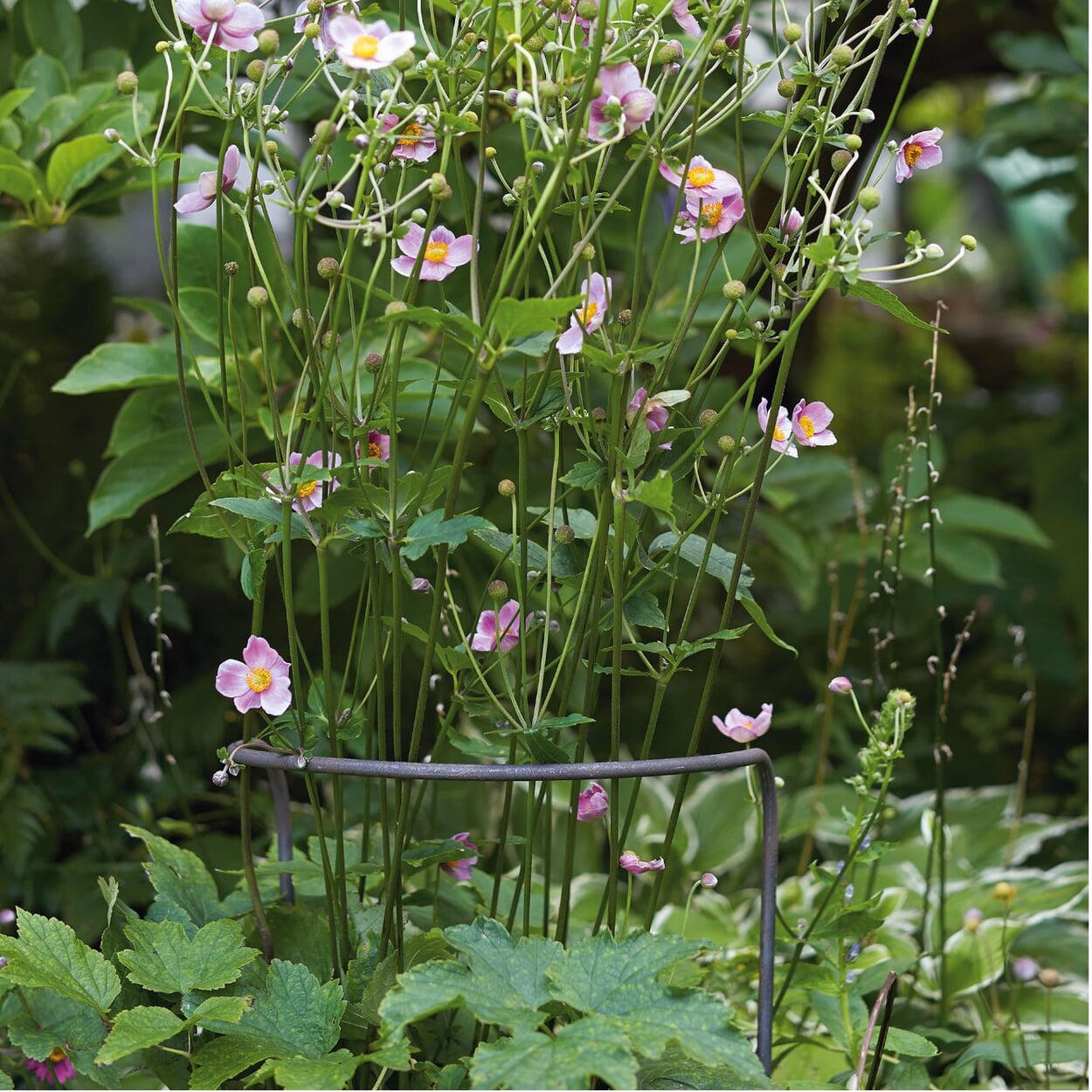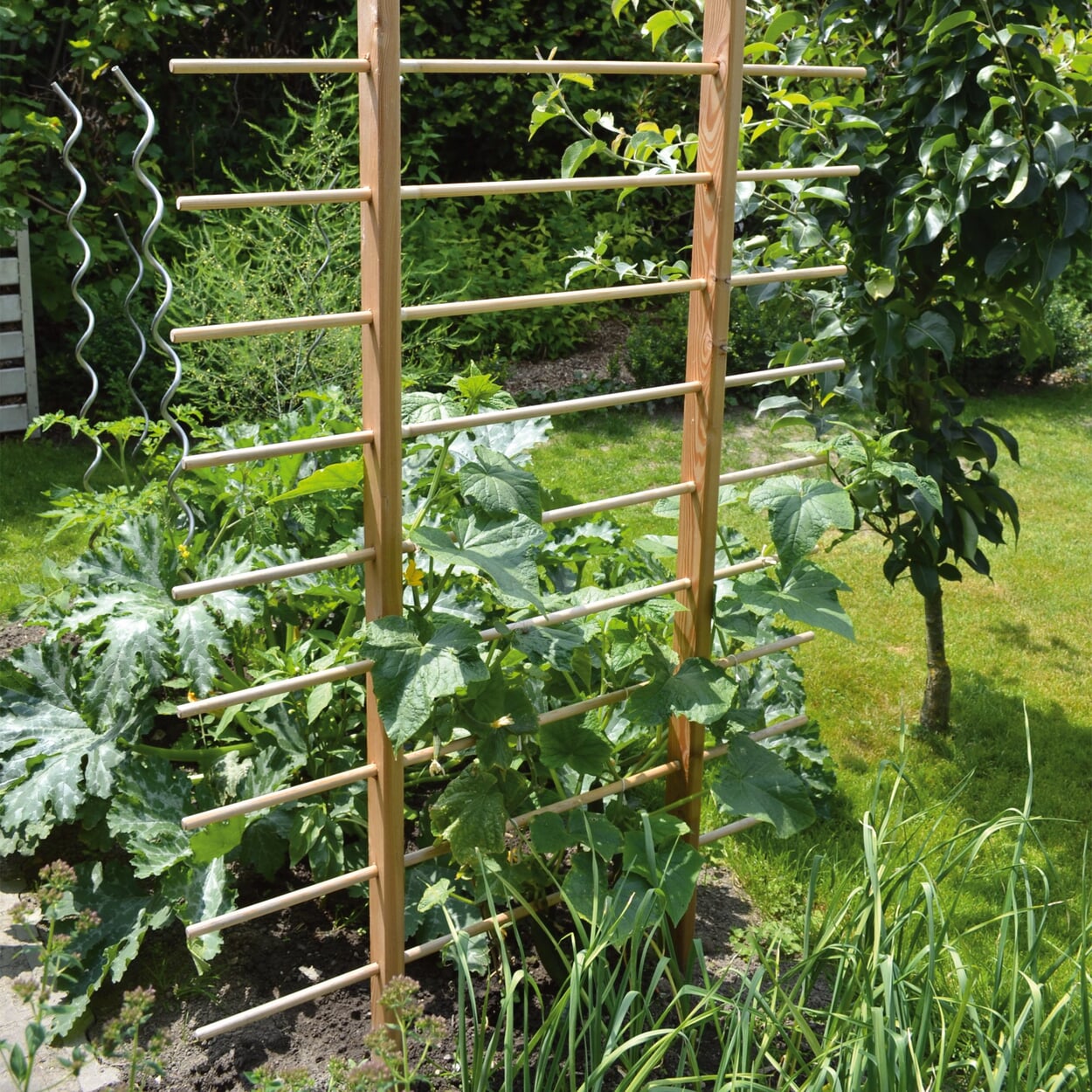Trellises & Plant Supports
Supportive growth helpers fulfill a whole range of specific functions in the garden. Numerous ornamental and food plants can firmly attach to them and only fully develop and flower with their help. Read More
Ideas & Advice
Robust Trellises. Growth Support on the way to the Top
Supportive growth helpers fulfill a whole range of specific functions in the garden. Numerous ornamental and food plants can firmly attach to them and only fully develop and flower with their help. Moreover, the resulting growth on house walls, carport or pergola offers insects and small animals new living space. Trellises, lattices or arches are also wonderful design elements in themselves and, as such, almost as versatile as the plant species reaching across them in search of the sun. Impressive examples of their creative power are the huge vertical landscapes artistically staged worldwide by the French botanist Patrick Blanc, who integrates plant bags and sophisticated irrigation systems into his constructions. When it comes to your own garden, however, you can confidently think in smaller dimensions and simply benefit from the following advantages:
- Growth helpers help to green bare, drab surfaces on house walls or garages and give them visual appeal.
- They ensure an optimal use of the available space, especially in small gardens or on balconies.
- As a space divider, they can give a garden a whole new look. With their help, for example, small areas can be separated off, making green spaces no longer visible at first glance, but discoverable only little by little.
- Employed as providers of shade or privacy, they protect garden users from both the blazing sun and prying eyes.
With our range of trellises and growth helpers, enthusiastic garden lovers will find a well-thought-out selection of proven, high-quality systems, with which they can design their green open spaces and lend it that certain something. While for those who are more pragmatically inclined, we can provide the necessary solutions to make growing and cultivating chosen plant species as practical and innovative as possible. Robust materials, some of which are handcrafted in small German companies, and which are also visually impressive when performing their demanding role, guarantee high quality and functionality.
Form and Function. The Who's Who of Climbing Aids.
Regarding the choice of materials and shapes, trellises, espaliers and other climbing aids are extremely versatile. Some are gracefully designed and therefore almost invisible on the wall of the house. Bulkier constructions, by contrast, are very important for the appearance of a façade – and not just in the early stages of planting. Ideally, these structures of metal, wood or twine should decorate the garden and house even without vegetation, which is why it makes sense to select them not only according to their function, but also for their formal aspects.
- Trellis: Only those metal or wooden structures designed for climbing plants that produce and train their own vines should be considered as trellises. From about the end of the 19th century onwards, they were already being used for the greening of facades – the grid widths used based on the preferences of the respective vine plants. Like espaliers, they can – depending on the type – be mounted fixedly onto walls or used freestanding, for example in combination with planters. In the case of the latter, however, higher stability plays an important role, since fully overgrown trellises can offer the wind a larger surface to attack.
- Espaliers: Espaliers were originally used in France, from the middle of the 17th century, for the cultivation of crops such as fruit trees, which, with their help, were forced into certain two-dimensional shapes. The young shoots were regularly re-attached to the trellis with the help of yarns or wires. Espaliers are popular with gardeners who only have small areas available for plant cultivation, and therefore rather strive for vertical planting. There are freestanding climbing-espaliers that have proven themselves, for example, in the cultivation of vegetables in the kitchen garden.
- Rope tensioning systems: Although a little more complicated in the assembly, they are more flexible than any other option, because they can be installed both linearly, and in any desired grid or diamond shape. They can even adapt to the growth of somewhat obstinate plants. Moreover, they are relatively inconspicuous, fit in general to every type of climbing plant and can be enlarged at any time, if need be.
- Arches: An arch is not only a simple climbing aid, but also an effective means of spatial design in the garden. For example, a beautifully planted rose arch at the entrance of a garden presents a blossoming welcome to visitors. Arches not only serve as eye-catchers, however, they also direct visual attention specifically to other highlights in the garden, such as statues or water features. Whilst over a garden bench, the shade provided by an arch offers welcome relief on a sunny day.
- Columns: Columns and obelisks, mostly made of steel or stainless steel, are not just a means to an end but can also meet the sensual demands of garden design. While large models are firmly anchored into the ground, smaller versions are ideal for potted plants that can be used to make small sculptures. They can also serve well in the vegetable patch, for example by supporting beans or peas in their upward growth journey.
- Plant stakes: Robust and sturdy, they help both the still fragile, growing shoots survive all kinds of wind and weather, as well as providing support to their older counterparts, possibly burdened by many fruits. Forged and decorated metal can also be a real eye-catcher in the garden, whilst if you prefer things a bit more natural you should choose bamboo sticks. Although they are not as durable as metal or wood systems, they are quite suitable for plants in pots or tubs, or even annual vegetables. Moreover, with the help of special corner connectors or pyramid tips, three-dimensional support structures can be built from them as desired.
- Nets: Nets are suitable for annually growing plants, such as peas, beans or vetches. If they are made of compostable materials, such as jute, and they start to show the first signs of decomposition after a few years, they can easily be removed and composted the next autumn, together with any plant remnants.
Grow Naturally. According to the Climber’s Preference.
Not every climbing aid is equally suitable for all plants, because not all plants grow vertically in the same way. In the course of evolution, nature has developed very diverse strategies to help the planet's flora reach out to life-giving sunlight. Depending on the technology used, they require different systems to optimally support their natural growth. We have summarized the main differences below.
Climbers.
Climbing plants develop movable, touch-sensitive appendices, with the help of which they feel for suitable holding possibilities in order to be able to grow upwards quickly and purposefully. Many kinds of wine, but also the pea and the passionflower belong to this type of plant. As soon as they have found something suitable, they wrap themselves around it and thus create the necessary hold. Since they also like to use their own shoots for this, this type of plant often grows very dense and mat-like. Some plants cling with the ends of their tendrils even to small holes or cracks in the ground – structural damage, as seen with holdfast roots, is not to be feared here, however. The most suitable climbing aids for climbers are those that are large-scale but relatively delicate, such as lattices, nets or espaliers. The diameter of each strut should not be too large, otherwise the tendrils cannot wrap themselves around it properly. As a rule of thumb, the circumference of the bars, wires or cords should always be smaller than the length of the active plant shoot – a maximum of about two centimeters. In addition, the climbing aid used should also fit in size and height to the growth of the corresponding plant and have enough distance from the house wall that sufficient ventilation of the plant is guaranteed.
Clinging Roots.
The evolution of a climbing habit has been implicated as a key innovation associated with the evolutionary success of a number of plants. Their adhesive roots attach themselves to the surface to be covered by means of specially trained adhesive organs, adhesive pads or even adhesive roots. This climbing technique is probably best demonstrated by its most famous representative – the ivy – for whom a special climbing aid is not absolutely necessary. However, if you wish to control the growth of the plant according to your own wishes, you can integrate climbing aids here based on their design. In the initial growth phase, large-meshed growth aids have also proven themselves as pressing aids. Since the adhesive organs in this type of climbing plant often only develop on the youngest, upper shoots of plants and are also no longer replicated in later layers, supports made from individual transverse or vertical ropes can act well as protection against collapse. Clinging roots always leave traces of themselves on the building’s structure. Roofs and drainage systems should therefore always be kept free of vegetation due to the risk of structural damage.
Creepers and Winders.
This type of plant spirals around climbing aids with the entire shoot and usually grows vertically, with the shoot tip making slow, circular movements looking for a new hold. Only when this has been found will the plant grow in thickness and form new leaves and side shoots. Suitable climbing aids are planting rods, support columns or trellises, preferably with a generously chosen diameter, so that the shoot of the plant can work well. Since wisteria and similarly strong plants can manage to crush too thinly selected trellis aids throughout the growing season, particularly stable supports are useful to prevent possible damage here. In the case of morning glory or kiwis, on the other hand, less thick support systems are sufficient. Ideally, they have a rough surface or small side braces that prevent the plant from slipping off during growth. In the growing phase, it may be worthwhile additionally fixing the shoots with twine or clamps.
Spreading Climbers.
Spreading climbers use a strategy similar to that of a human climber to gain height; on their way upwards, the elastic shoots use every conceivable possibility for spreading and wedging, which is offered to them. In addition, spreading climbers, which include, for example, climbing roses or blackberry, often make additional thorns and spines, which serve as barbs for even more support. Due to their bulging side growth, spreading climbers like to use horizontally oriented growth aids, such as trellises or tension wires. To increase their height, you have to almost force these plants by tying up their shoots regularly. If you plan the arrangement in advance you can make beautiful shaped trees.
Topiaries.
Topiaries are artistic creations. Through the strict trimming and attachment of their shoots to rods, cords or trellises, plants are forced by their extremely patient creators into the desired shape. Trellis fruit trees on house walls, for example, are well known, but in principle, other vines and climbers can also be transformed – they just need to have their later woodier shoots trained. If the growth of the plant occurs along an unnatural line, powerful forces are sometimes exerted on the support system. This should then be chosen so that it will withstand the weight that can arise. Rods that are too thin or cable systems are inappropriate here, while lattice forms allow a precise alignment of the plant, but should still be installed in relation to their host plant’s growth and size.

